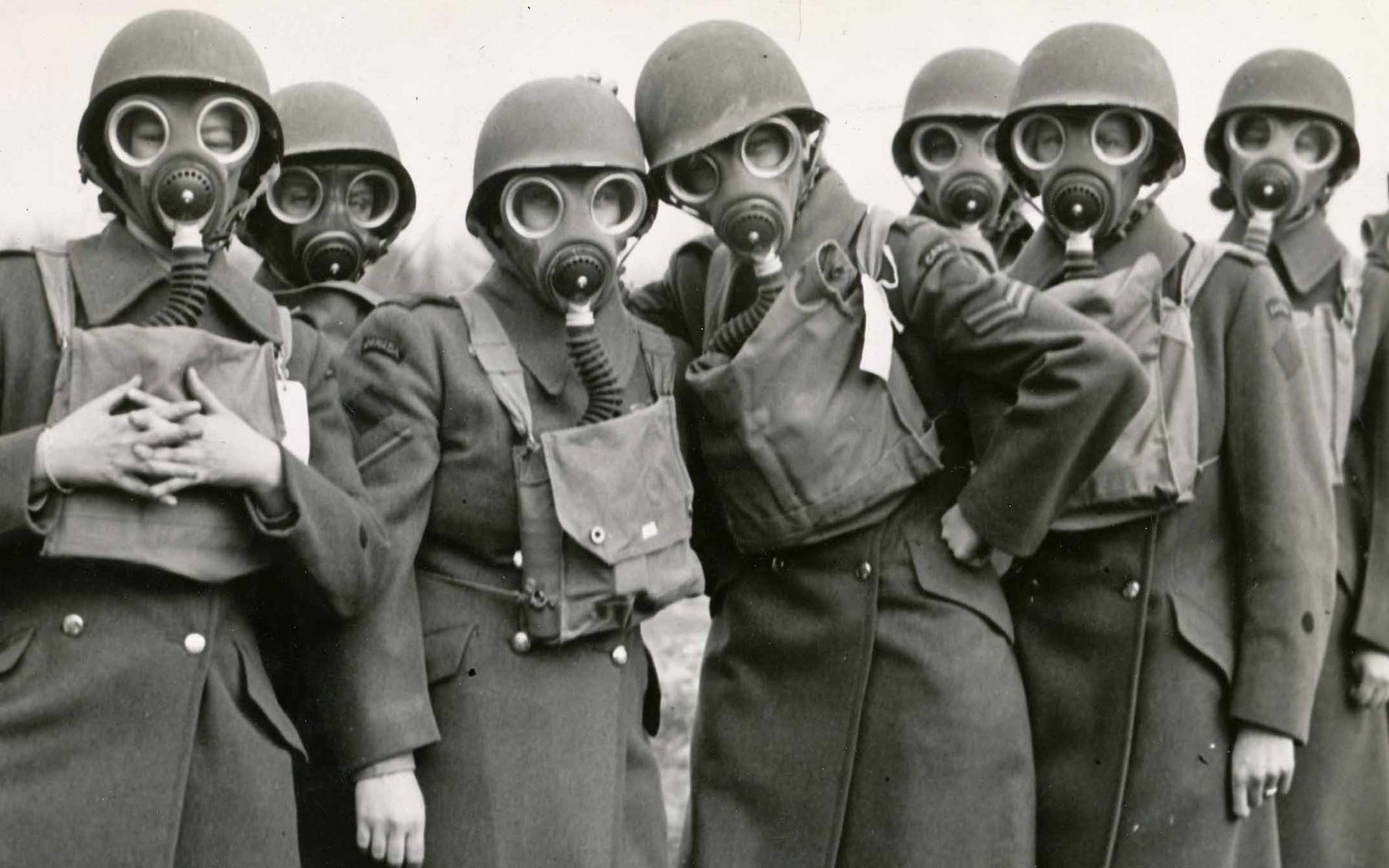Article
War of the Austrian Succession
The War of the Austrian Succession (1740–48) included conflict in Europe, North America and India. The military operations in North America are known as King George's War (1744–48).

Enter your search term
Signing up enhances your TCE experience with the ability to save items to your personal reading list, and access the interactive map.
Create AccountArticle
The War of the Austrian Succession (1740–48) included conflict in Europe, North America and India. The military operations in North America are known as King George's War (1744–48).
"https://d2ttikhf7xbzbs.cloudfront.net/media/media/5a0c0b6b-1a28-4955-ac10-111582958476.jpg" // resources/views/front/categories/view.blade.phphttps://d2ttikhf7xbzbs.cloudfront.net/media/media/5a0c0b6b-1a28-4955-ac10-111582958476.jpg

Article
The War of the Spanish Succession, 1701–1714 (also known as Queen Anne's War), was a general European war that spread around the globe to include the colonies of the major powers — including French and English colonies in North America.
"https://development.thecanadianencyclopedia.ca/images/tce_placeholder.jpg?v=e9dca980c9bdb3aa11e832e7ea94f5d9" // resources/views/front/categories/view.blade.phphttps://development.thecanadianencyclopedia.ca/images/tce_placeholder.jpg?v=e9dca980c9bdb3aa11e832e7ea94f5d9

Article
The North American heartland, linked by rivers running from the north, west, and south and flowing eastwards via the St Lawrence River, saw intense fighting during the War of 1812.
"https://development.thecanadianencyclopedia.ca/images/tce_placeholder.jpg?v=e9dca980c9bdb3aa11e832e7ea94f5d9" // resources/views/front/categories/view.blade.phphttps://development.thecanadianencyclopedia.ca/images/tce_placeholder.jpg?v=e9dca980c9bdb3aa11e832e7ea94f5d9

Article
The Wartime Elections Act of 1917 gave the vote to female relatives of Canadian soldiers serving overseas in the First World War. It also took the vote away from many Canadians who had immigrated from “enemy” countries. The Act was passed by Prime Minister Robert Borden’s Conservative government in an attempt to gain votes in the 1917 election. It ended up costing the Conservatives support among certain groups for years to come. The Act has a contentious legacy. It granted many women the right to vote, but it also legitimized in law many anti-immigrant sentiments.
"https://d2ttikhf7xbzbs.cloudfront.net/media/media/6e19f5db-f5f6-4776-baf8-40a98b38b97d.jpg" // resources/views/front/categories/view.blade.phphttps://d2ttikhf7xbzbs.cloudfront.net/media/media/6e19f5db-f5f6-4776-baf8-40a98b38b97d.jpg

Article
The two world wars of the 20th century were total wars that involved the whole nation, and the "home front" became a critical part of Canada’s effort.
"https://development.thecanadianencyclopedia.ca/images/tce_placeholder.jpg?v=e9dca980c9bdb3aa11e832e7ea94f5d9" // resources/views/front/categories/view.blade.phphttps://development.thecanadianencyclopedia.ca/images/tce_placeholder.jpg?v=e9dca980c9bdb3aa11e832e7ea94f5d9

Article
Wartime Information Board, est 9 Sept 1942, succeeded the Bureau of Public Information, which had been formed early in WWII to issue certain information on the course of the war to the public. By 1942 the government believed that its troubles over CONSCRIPTION derived from inadequate publicity.
"https://d2ttikhf7xbzbs.cloudfront.net/media/media/74f42cfb-9915-4a55-b62d-28b95a2c107f.jpg" // resources/views/front/categories/view.blade.phphttps://d2ttikhf7xbzbs.cloudfront.net/media/media/74f42cfb-9915-4a55-b62d-28b95a2c107f.jpg

Article
Wartime Prices and Trade Board, est 3 Sept 1939 by the Canadian government immediately before the onset of WORLD WAR II, and initially responsible to the Dept of Labour. Its creation reflected the government's concern that WWI conditions of inflation and social unrest should not return.
"https://development.thecanadianencyclopedia.ca/images/tce_placeholder.jpg?v=e9dca980c9bdb3aa11e832e7ea94f5d9" // resources/views/front/categories/view.blade.phphttps://development.thecanadianencyclopedia.ca/images/tce_placeholder.jpg?v=e9dca980c9bdb3aa11e832e7ea94f5d9

Article
Canadian women have served in all three branches of the Canadian Armed Forces, which includes the Royal Canadian Navy, the Canadian Army and the Royal Canadian Air Force. As early as 1885, Canadian women served as nurses in military hospitals during the North-West Resistance. During the First and Second World Wars, women took on various roles in the military as medical personnel and in clerical and administrative positions, trades and intelligence. Women served in the Cold War and during peacekeeping operations. In 1989, the majority of military occupations were open to women, including combat roles. Submarine service was opened to women in 2001. (See also Canadian Women and War.)
"https://d2ttikhf7xbzbs.cloudfront.net/media/media/991d368d-fde0-4933-afce-ced8fedca0fc.jpg" // resources/views/front/categories/view.blade.phphttps://d2ttikhf7xbzbs.cloudfront.net/media/media/991d368d-fde0-4933-afce-ced8fedca0fc.jpg

Article
The Women's Royal Canadian Naval Service (WRCNS) was established on 31 July 1942 during the Second World War. It was the naval counterpart to the Canadian Women’s Army Corps and the Royal Canadian Air Force Women’s Division, which had preceded it in 1941. The WRCNS was established as a separate service from the Royal Canadian Navy (RCN). It was disbanded on 31 August 1946.
"https://d2ttikhf7xbzbs.cloudfront.net/media/media/a8cc3a53-a1e2-4a3b-af86-9224843f1bee.jpg" // resources/views/front/categories/view.blade.phphttps://d2ttikhf7xbzbs.cloudfront.net/media/media/a8cc3a53-a1e2-4a3b-af86-9224843f1bee.jpg

Article
"Here was the world's worst wound." — Siegfried Sassoon, "On Passing the New Menin Gate" (1928) In early October 1914 the British Expeditionary Force left its positions on the Aisne River in France, moved to the left of the Allied line, and joined the Race to the Sea. While advancing northeastward, into the Belgian province of West Flanders, they collided with strong German forces advancing westward toward the Channel coast. The British and their French...
"https://d2ttikhf7xbzbs.cloudfront.net/media/media/72721b66-3911-4a78-8cec-26a091efe0f2.jpg" // resources/views/front/categories/view.blade.phphttps://d2ttikhf7xbzbs.cloudfront.net/media/media/72721b66-3911-4a78-8cec-26a091efe0f2.jpg

Article
Yukon Field Force (1898-1900), composed of 203 officers and men drawn from all 3 branches (cavalry, artillery and infantry) of the Permanent Force of the Canadian Militia.
"https://development.thecanadianencyclopedia.ca/images/tce_placeholder.jpg?v=e9dca980c9bdb3aa11e832e7ea94f5d9" // resources/views/front/categories/view.blade.phphttps://development.thecanadianencyclopedia.ca/images/tce_placeholder.jpg?v=e9dca980c9bdb3aa11e832e7ea94f5d9
